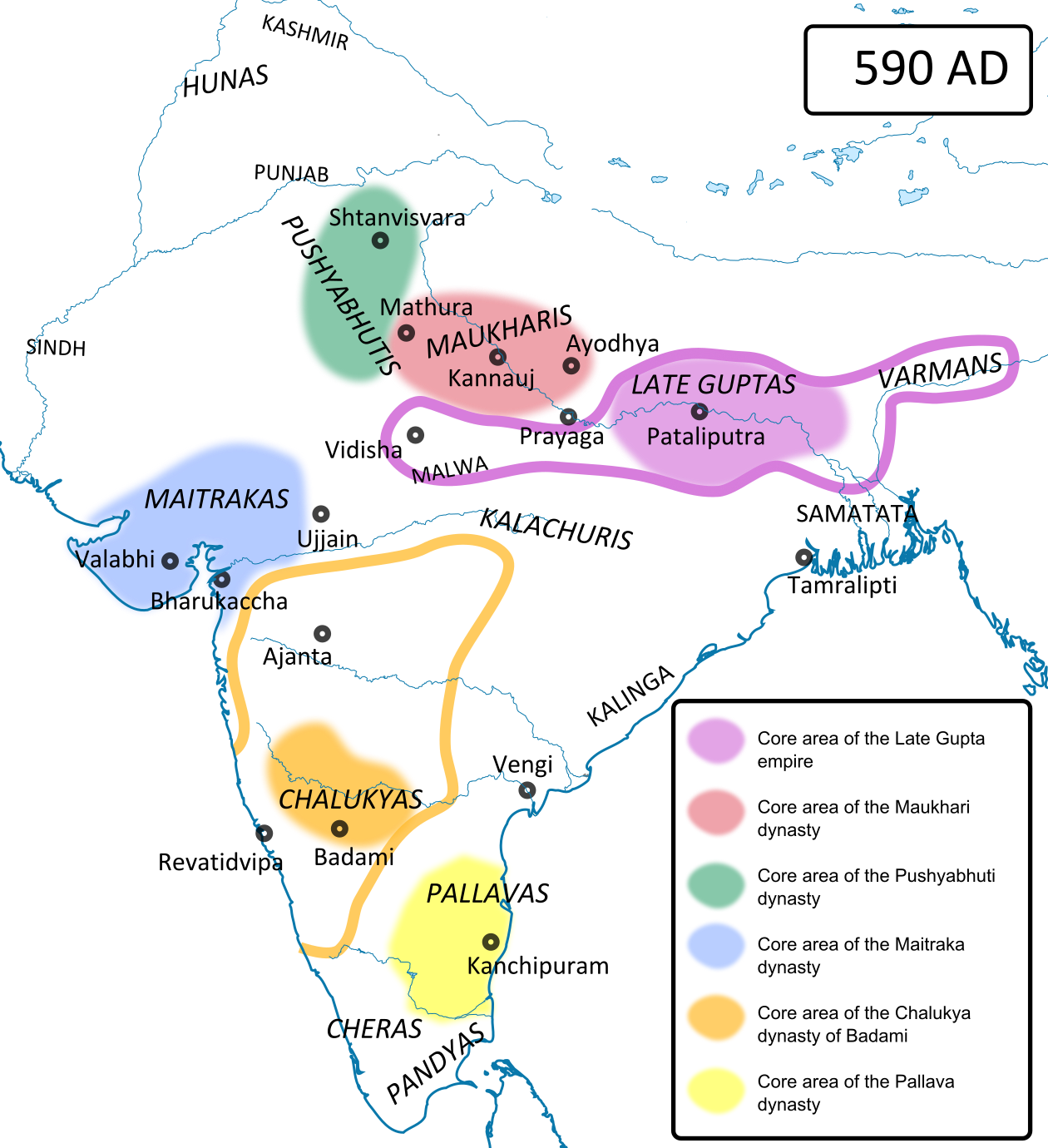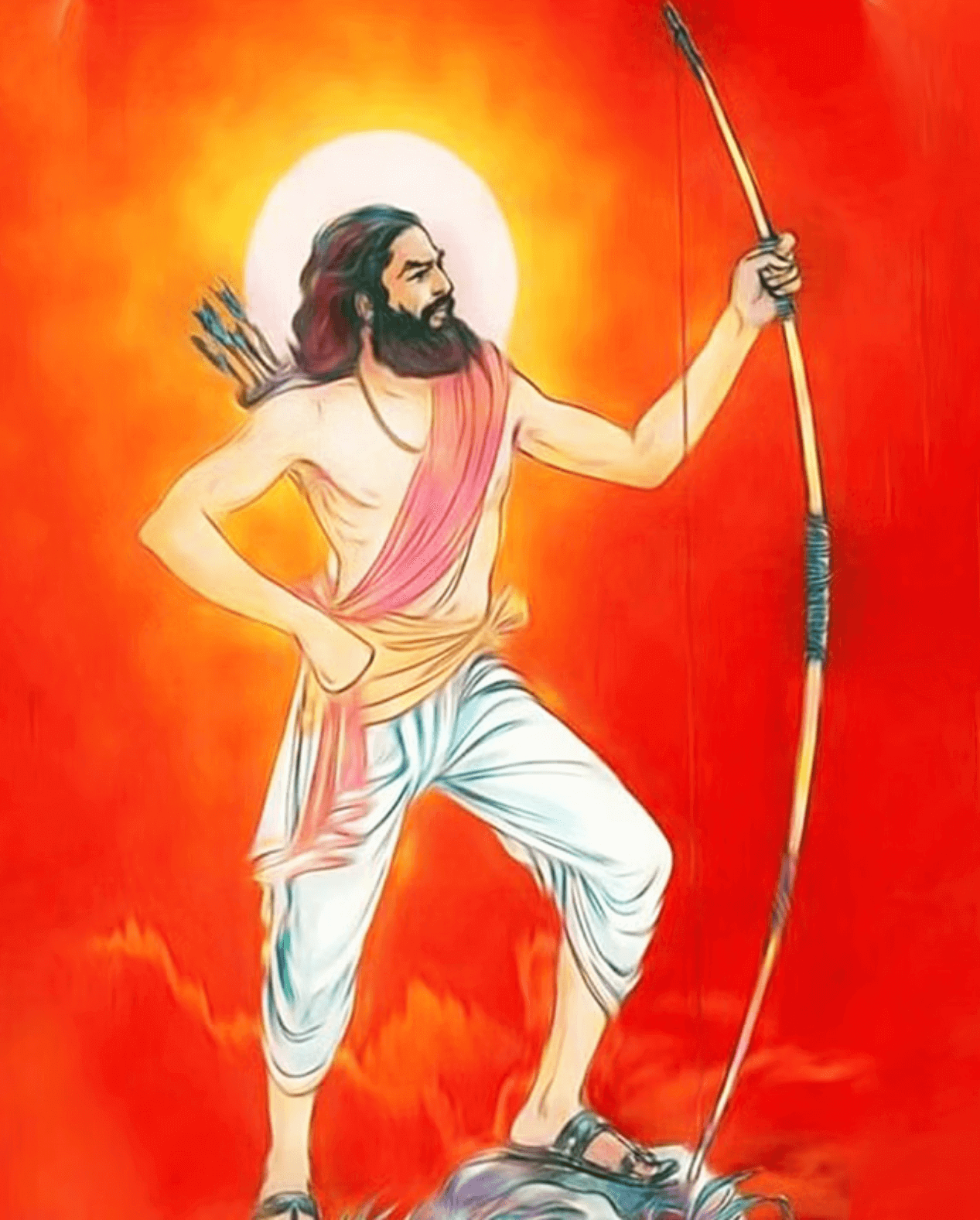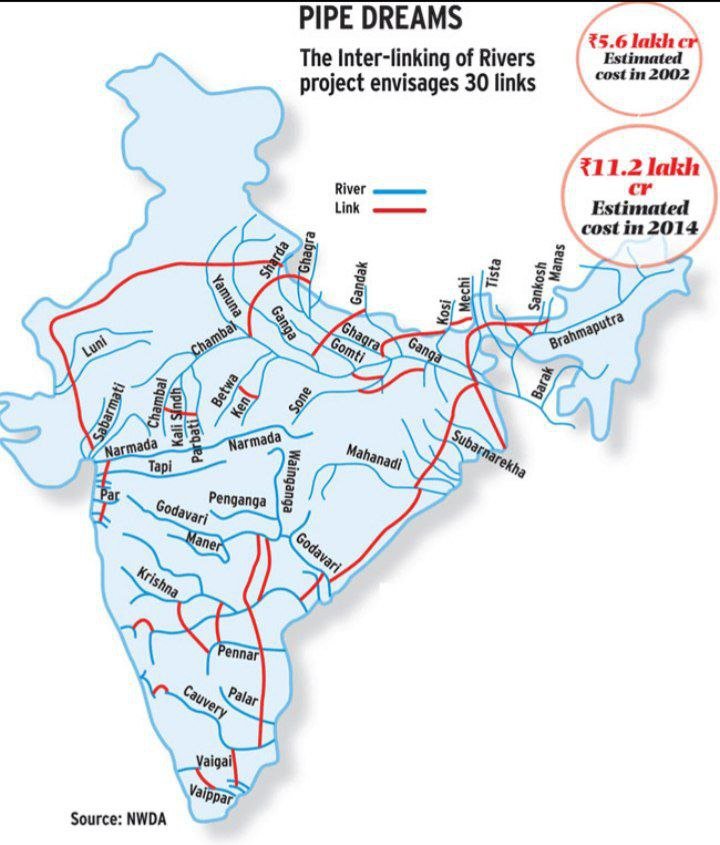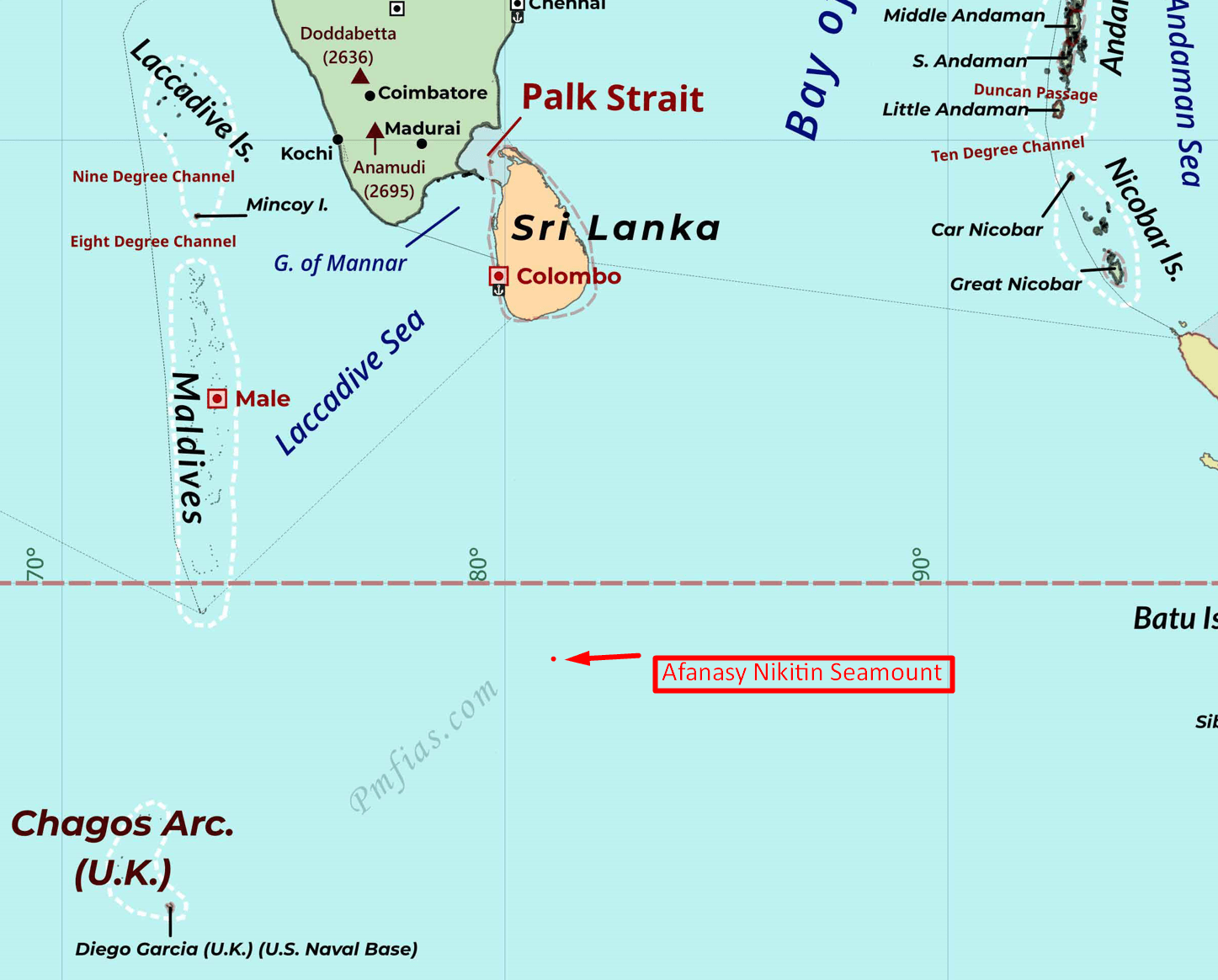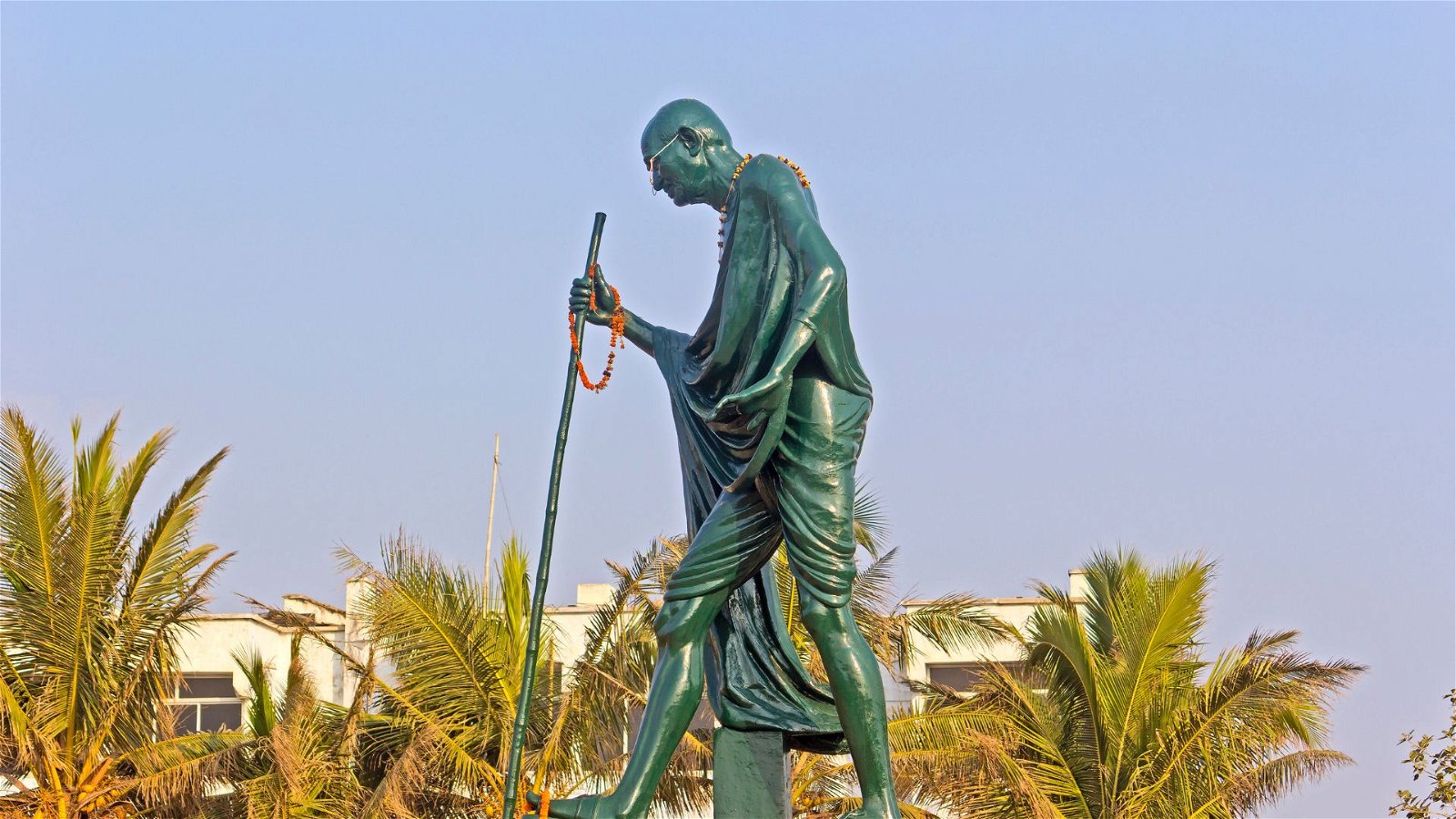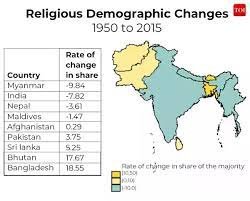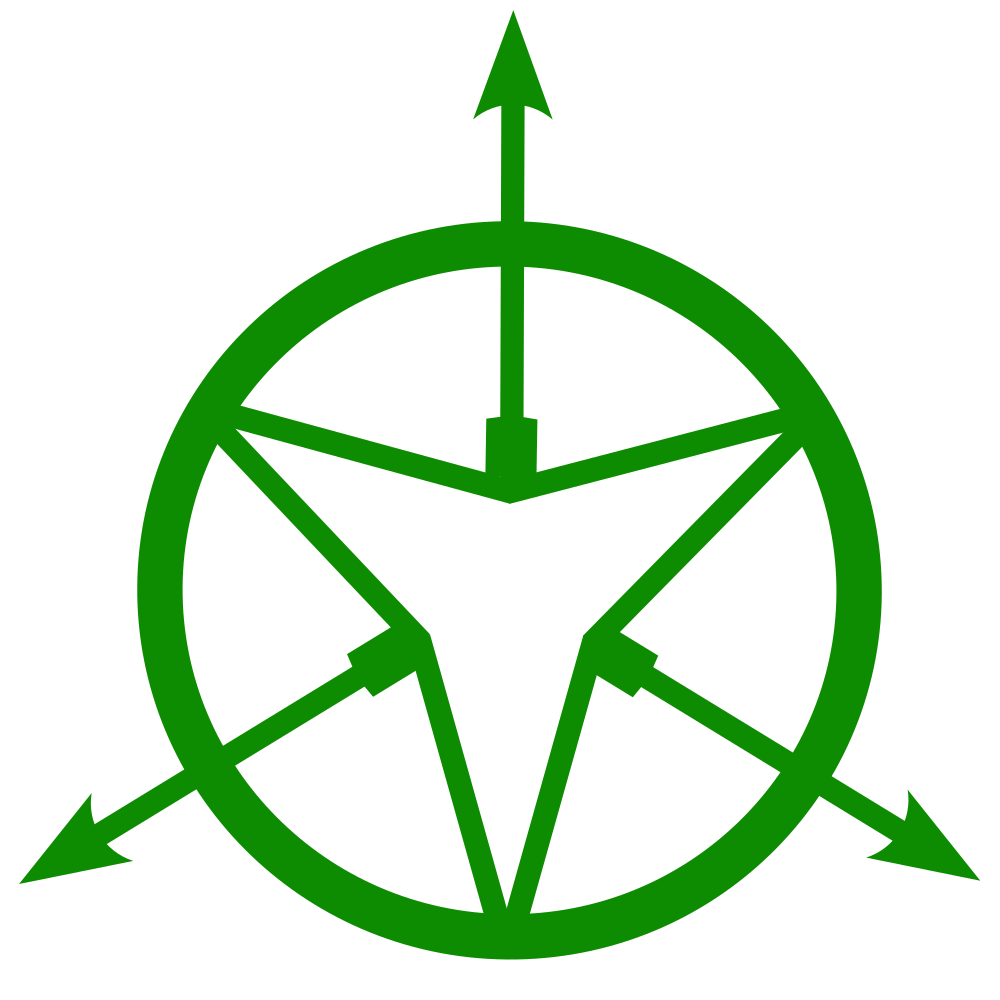
Tevaram and Divya Prabandam
Subscribers of "Current Affairs" course can Download Daily Current Affairs in PDF/DOC
Subscribe to Never Miss an Important Update! Assured Discounts on New Products!
Must Join PMF IAS Telegram Channel & PMF IAS History Telegram Channel
- Context (TH): The Madras HC said that the Tevaram scripture of Saivism and the Nalayira Divya Prabandam of Vaishnavism are vital for the sustenance of the country’s culture and tradition.
- The observations were made while the HC was disposing of a plea to issue a direction to the Hindu Religious & Charitable Endowments (HR & CE) Department to permit volunteers to clean (Uzhavarapani) temple premises.
HC’s Observations
- The classification of six cults, known as Shanmata, holds a profound historical significance.
- These cults, which continue to shape the religious landscape of Hinduism, comprise:
- Saivam (Lord Shiva),
- Vaishnavam (Lord Vishnu),
- Shaaktham (Goddess Sakthi),
- Gaanaapathyam (Lord Ganesha),
- Kaumaram (Lord Skanda or Kumara), and
- Souryam (Sun as God).
- Hinduism is made up of diverse cults, all united by a polytheistic concept.
- Ancient scripts reveal Buddhism and Jainism as offshoots of Hinduism, sharing several standard histories and legendary stories.
|
- The polytheistic concept imbibes the democratic and secular principles as they are called today.
- The temples were predominantly Saivite or Vaishnavite.
- The Nayanars and Alvars belonged to different sects, but there was no discrimination in their devotion to God. Therefore, it was essential to protect all of these temples in the State.
|
- The judges said and held that experienced volunteers could be permitted to do Uzhavarapani since such practice had been in vogue for centuries together.
- The limited temple staff can’t keep the premises clean, but volunteers aren’t allowed to repair or conduct activities involving the sanctum sanctorum or any deities, idols, paintings, or murals.
- The rules of the HR & CE Department shall be strictly followed.
Saivite Temples
- Among the Saivite temples, the Paadal Petra Sthalams and Vaippu Sthalams were necessary.
The Paadal Petra Sthalams
- These, also known as Tevara Sthalam, are a group of 276 temples revered in the verses of Shaiva Nayanars from the 6th to the 9th century CE.
- 217 of 276 of these are in Tamil Nadu. These are amongst the greatest Shiva Temples of Tamil Nadu.
- These were visited by Saints Thirugnana Sambandar, Appar and Sundarar between the 7th and 9th Centuries.
- These three Tamil poets are known as Shaiva Kuruvars and are considered the primary three among the sixty-three Nayanars.
Vaippu Sthalams
- There are 249 Vaippu Sthalams, 189 of which are in Tamil Nadu.
- Vaippu Sthalam are temples that were mentioned casually in the songs of the text.
- The three saints mentioned above could not see these temples but were referred to in their hymns.
- There is a claim that one such Vaippu Sthalams is in the Gulf countries.
- Saivites consider a visit to these Sthalams not only sacred but also a duty.
The Tevaram
- Tevaram literally means “garland of divine songs” and refers to the collection of verses sung in praise of Shiva, the supreme god of the Shaivite sect of Hinduism,
- These were sung by three Tamil poets known as Shaiva Kuruvars: Sambandar, Appar, and Sundarar.
- The Tevaram denotes the first seven volumes of the Tirumurai, the twelve-volume collection of Śaiva devotional poetry.
- Saint Manickavasagar was not considered a Nayannar because he was believed to have become one with Lord Shiva.
Uzhavarapani
|
Vaishnavite Temples
- The temples dedicated to Lord Vishnu were classified as Divya Desams and considered sacred.
- These temples are named in the works of 12 Alvars (Vaishnavite saints) in the Nalayira Divya Prabandam (4,000 holy hymns in praise of Lord Vishnu).
- There were a total of 108 Divya Desams, and 84 of them were in Tamil Nadu.
Divya Prabandam
- The Naalayira Divya Prabandham is a collection of 4,000 Tamil verses composed by the 12 Alvars.
- It was compiled in its present form by Nathamuni during the 9th–10th centuries.
- The Divya Prabandham involves adoring the deities of 108 temples (Divya desams) situated in different parts of the country and employing every form of poetics and prosody available in Tamil.







![PMF IAS Environment for UPSC 2022-23 [paperback] PMF IAS [Nov 30, 2021]…](http://pmfias.b-cdn.net/wp-content/uploads/2024/04/pmfiasenvironmentforupsc2022-23paperbackpmfiasnov302021.jpg)
